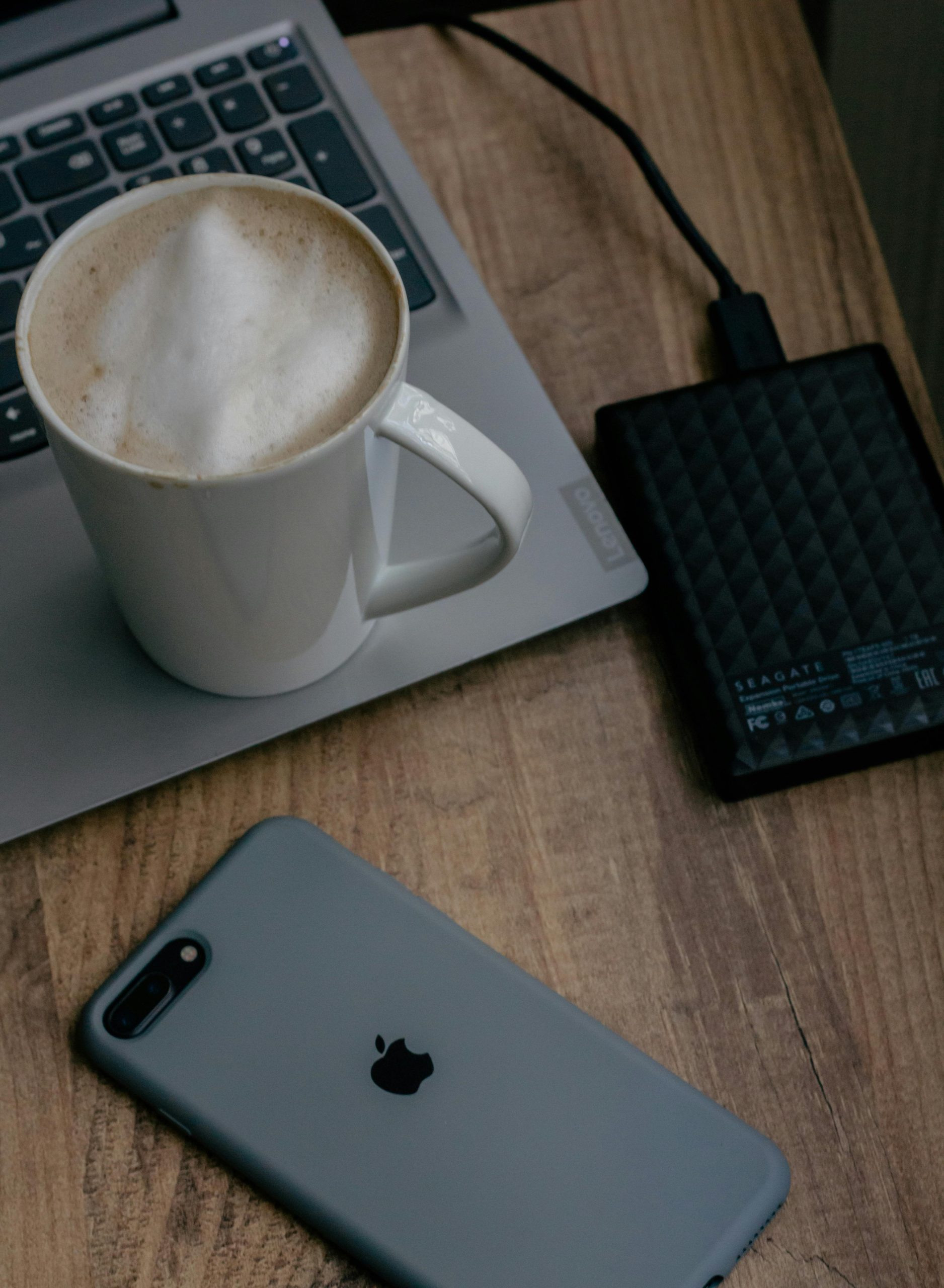Understanding Your Laptop: The Purpose of the Black Power Cable
Hello, tech enthusiasts!
As I delve into the fascinating world of laptops, I’ve come across a component that has piqued my curiosity—the sturdy black power cable. Have you ever wondered what role this cable plays in your laptop’s functionality?
The primary purpose of this black cable is to provide power to your laptop. It’s essential for charging the battery and ensuring that your device operates smoothly. Without this cable, your laptop wouldn’t be able to function when it’s not plugged into an outlet.
If you’re considering disconnecting this cable, it’s important to handle it with care to avoid any damage to your laptop. Here are some tips to safely remove it:
-
Power Down: Before disconnecting the cable, make sure to turn off your laptop. This helps prevent any potential electrical issues.
-
Locate the Connection: Identify where the cable connects to the laptop and the power outlet.
-
Gently Pull: When you’re ready to detach the cable, grasp the connector firmly and pull it straight out without twisting or yanking it.
-
Check for Damage: Once removed, take a moment to inspect the cable for any signs of wear or damage.
By following these steps, you can safely handle your laptop’s power cable while deepening your understanding of its components. Happy learning!
If you have any further questions or insights about laptop anatomy, feel free to share in the comments below.
Share this content:




Understanding and Handling Your Laptop’s Power Cable
Hello, and thank you for sharing your insights about the black power cable. You’re correct that this cable is crucial for charging your laptop and maintaining its operation when connected to a power source.
If you’re considering disconnecting or replacing the cable, here are some additional tips to ensure safety and proper handling:
Additionally, to avoid accidental damage or electrical hazards: